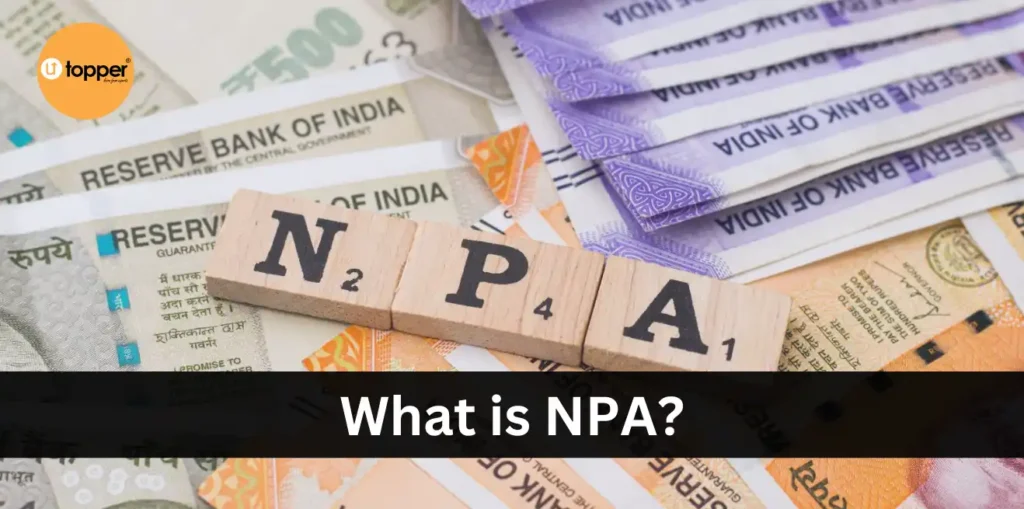What is the full form of NPA?
The NPA full form is “Non-Performing Assets.” NPA refers to a mortgage or advance on which the interest or principal payment is ninety days past late. This period of 90 Days is the normal time span. These NPA are also known as bad loans. In general, a Non-Performing Asset refers to a mortgage or credit of a bank borrower for which one or more payments are overdue. Today, it is legally categorized as a “non-performing asset” because the “asset” has prohibited the bank from operating and generating profits.
Read Other Full Forms

NPA types
Classifying NPA into distinct groupings. NPA is categorized according to the repayment status. The non-performing assets (NPAs) can be categorized based on asset history, default time range, or risk component as shown below.
Standard Assets
Standard assets have the lowest level of risk. According to bank regulations, they pose a modest risk. These assets are also in a position to create earnings for the Bank. These are all types of assets for which the borrower intends to make irregular or irregular payments.
Substandard Assets
Substandard Assets are Assets that have been in the NPA group for more than 365 days.
Doubtful Assets
Uncertain assets have “underperformed” for more than a year. Therefore, it may be claimed that they pose a greater-than-average risk, and the lender must pay careful attention.
Loss Assets
Although loss assets may have some salvage or recovery value, the RBI deems them uncollectible and of so little value that their prolonged existence as bankable assets is not justified.
Motives for NPA
- The delinquent or non-paying borrowers.
- The unfavorable business environment is the result of natural calamities, political justifications, and other circumstances.
- The loan is made available to lenders with a low credit history.
Example of NPA
Let’s look at the quarterly results of the State Bank of India for two quarters as an example of non-performing assets. NPA ratios are listed in quarterly reports that are sent out by themselves. Every three months, banks are supposed to post their financial results on the stock market.
Check Now State Bank of India: Standalone Quarterly Statement

